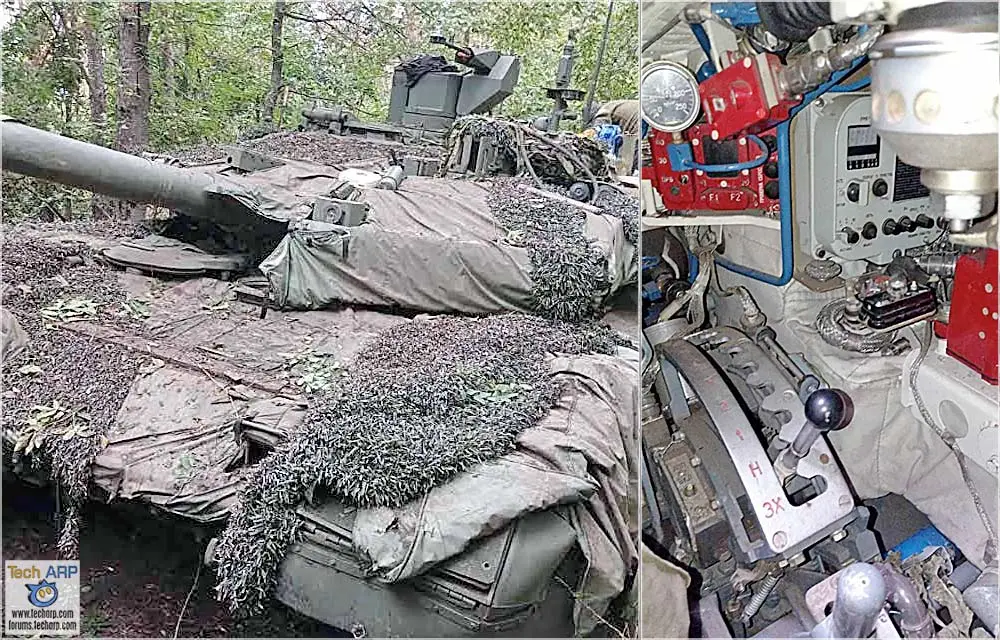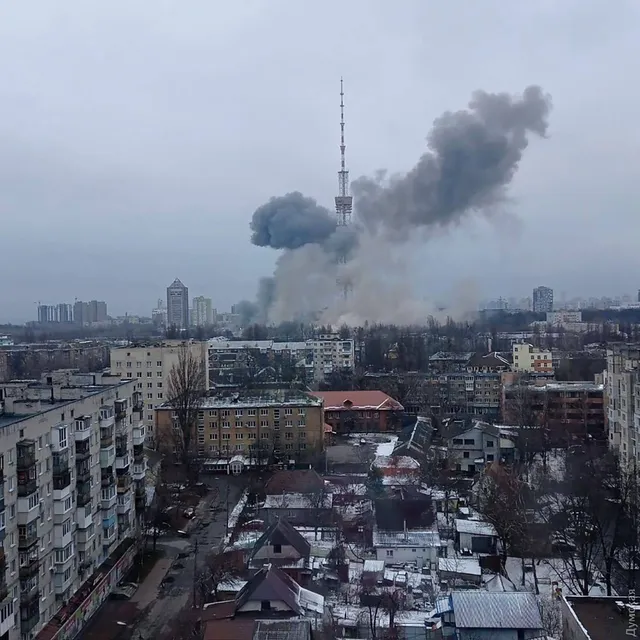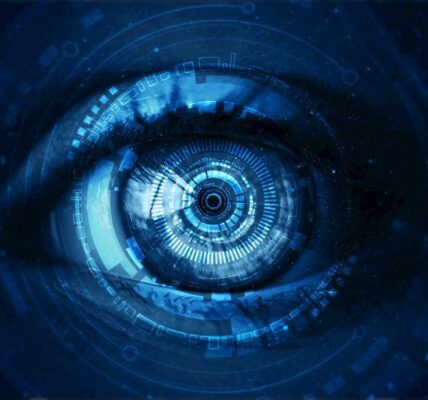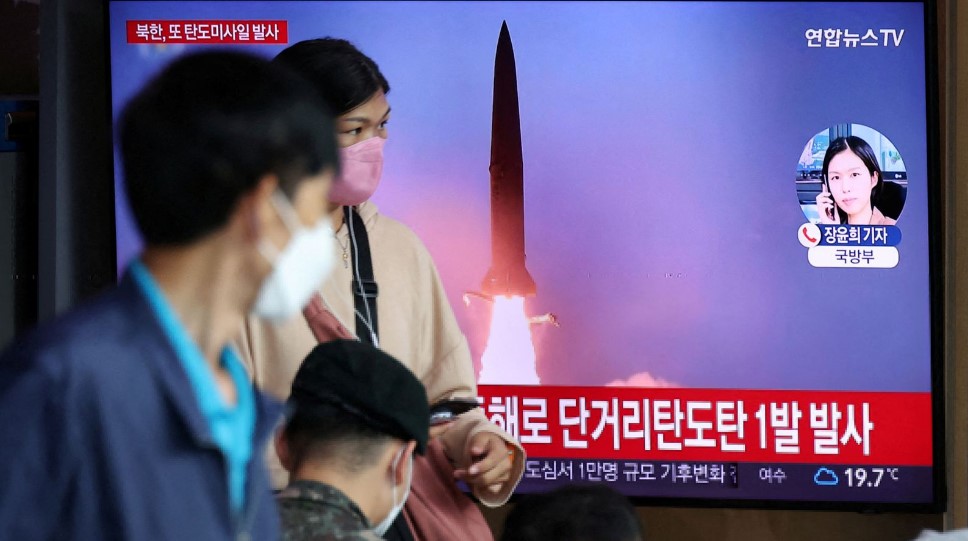Chinese Scientists Herald a Space Gold Rush Where Asteroids Would Be Mined for Gold, Platinum and Cobalt
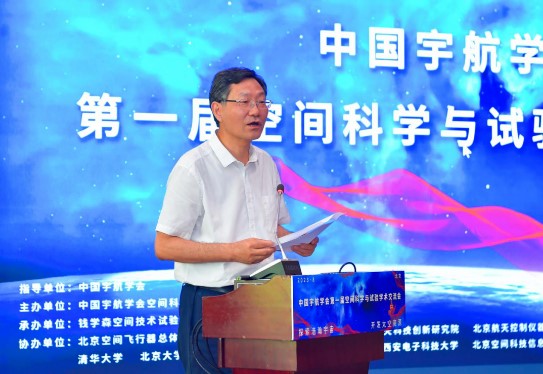
Space scientist Wang Wei addressing the Chinese Society of Astronautics meeting in Beijing
The Space Race has ratcheted up another notch, after Chinese scientists unveiled plans for a road map through the solar system funded by mining the closest 122 asteroids to the earth.
Vast profits: The space asteroids could be excavated for precious metals like gold, platinum and cobalt, with one meteorite alone expected to yield a profit of more US$100 trillion dollars.
Wang Wei and his team at the state-owned China Aerospace Science and Technology Corporation presented their study at a conference in Beijing, which included the construction of a base on the moon to recover lunar ice.
The Big Picture: Nowhere in their other worldly research, as reported by China Aerospace News, is there any mention of China sharing the resources with anyone else.
- Last month National Security News (NSN) reported NASA administrator Bill Nelson warning that China may attempt to aggressively colonise sectors of the moon.
- Arguably a road map into the cosmos suggests – which China plans to build by the year 2100 – its plans for space domination go considerably further.
What Wei Says: According to Wei, the harvesting of asteroids would provide a welcome alternative to the further exploitation of the dwindling number of natural assets on earth.
“Just like the miracles created in the great age of navigation, a ‘great space age’ featuring the use of space resources will … create the next miracles in human history and bring new prosperity to our civilisation,” he added.

Wei addresses China’s space future to a packed audience
Details: The Chinese are so committed with their plan to build a road map through space that they have even come up for a name for it – The Exploitation of the Works of Nature, or ‘Tiangong Kaiwu’, taken from the work of Ming dynasty scientist Song Yingxing.
- Wei’s vision is to initially construct water-ice resource development facilities on the moon.
- The water – taken from deep pockets of lunar ice believed to be below the surface – would then be separated into hydrogen and oxygen and used as a propellant for space travel far beyond its current limits.
- These capabilities would be used to reach and mine near-Earth asteroids, Mars, main-belt asteroids and the moons of Jupiter for precious metals such as gold, platinum, nickel and cobalt.
- Extra-terrestrial mining and refining stations would be built to allow large-scale commercial operations.
- “Among the 1.3 million asteroids in our solar system … about 700 are relatively close to Earth and estimated to be worth over US$100 trillion dollars each. Taking technical feasibility and cost-effectiveness into consideration, 122 of them are economically suitable for mining and use,” Wei said.
- Tianwen-2, a robotic probe, will be launched by China in 2025 to collect samples from a near-Earth asteroid named 2016 HO3, and deliver the material back to Earth.
- A year later, China’s Chang’e-7 spacecraft is planning to land at the moon’s South Pole to look for lunar ice. If found, it could be purified as drinking water, converted into oxygen and used as fuel to support the long-term stay of astronauts.
- The PRC also revealed its plans to send humans to the Moon for the first time by the end of this decade earlier this year.
- A string of Chinese companies, most notably the Nanjing-based start-up Origin Space, have joined the race to develop space mining technologies, underlining China’s commitment to eclipsing the US as the dominant space power.



